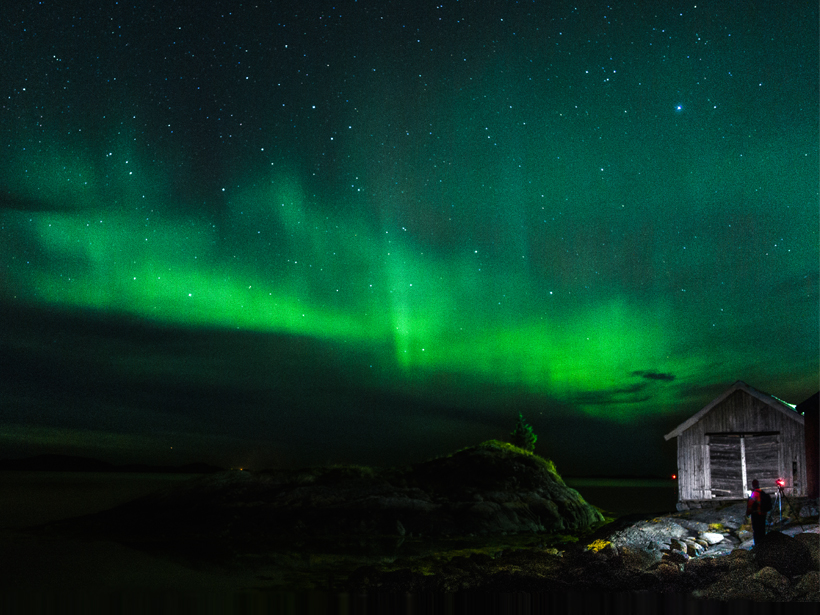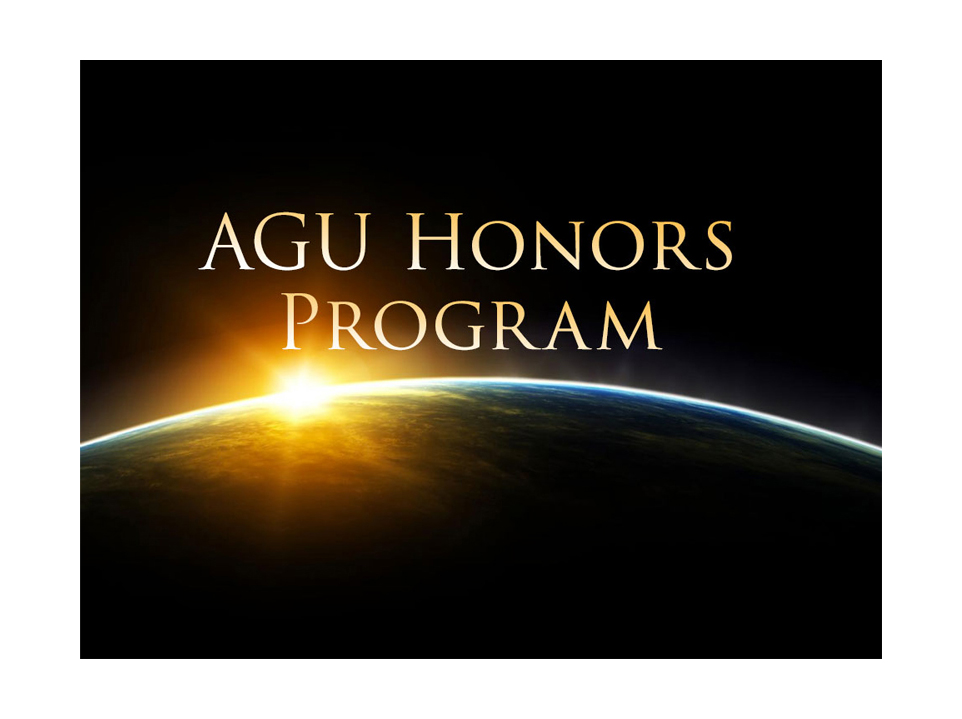A new model of how the Sun's 11-year cycle affects climate leads to slight changes in model results on atmospheric chemistry, but temperature and wind results are consistent with the previous model.
solar activity
The Curious Case of the Halloween Ghost Electrons
When solar storms pounded Earth during Halloween in 2003, scientists were eager to measure their effects. But new research shows one satellite was seeing "ghost" particles that probably weren't real.
Protecting Communications Satellites from Space Weather
A recent analysis of proprietary telecommunications data identifies a potential source of anomalous satellite component performance, and what can be done to prevent this from happening in the future.
X Marks the Spot of Magnetic Islands in Space
At the edge of Earth's magnetic field, satellites have found X-shaped fields and fast-moving "islands" of magnetism that could shed light on the physics of solar storms.
When the Sun Goes Quiet, Titan Gets Gassy
Observations from NASA's Cassini probe show that the level of methane in Titan's atmosphere depends on the Sun's 11-year cycle of magnetic activity.
What Causes Sunspot Pairs?
Analysis of magnetic fields on the Sun's surface offers a new clue on why sunspots appear.
Changing of the Guard: Satellite Will Warn Earth of Solar Storms
This summer, Earth gets a new guardian—the Deep Space Climate Observatory—to help warn astronauts and operators of critical planetary infrastructure about the Sun's raging magnetic storms.
Radio Blackout! Ham Radio as an Operational and Scientific Instrument
Monitoring solar activity that disrupts communications can be helped by crowdsourced and automated reports from amateur radio operators.
Can Scientists Boost Solar Modeling Despite a Lack of Data?
Researchers show that a data processing technique could salvage useful information from raw solar observations, opening the door to improved understanding of the solar dynamo.
Chigomezyo Mudala Ngwira Receives 2014 Science for Solutions Award
Chigomezyo Mudala Ngwira was awarded the 2014 Science for Solutions Award at the AGU Fall Meeting Honors Ceremony, held on 17 December 2014 in San Francisco, Calif. The award is for “significant contributions in the application and use of Earth and space sciences to solve societal problems.”









